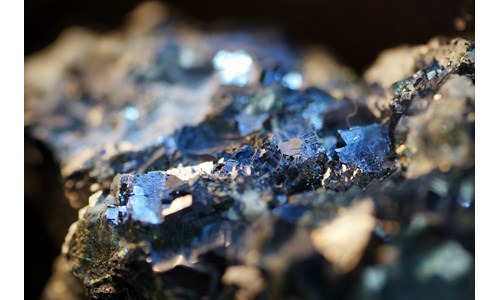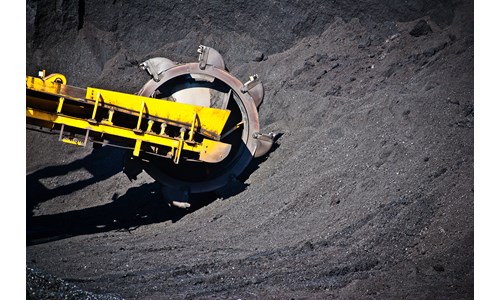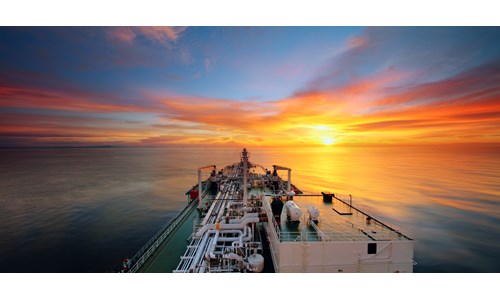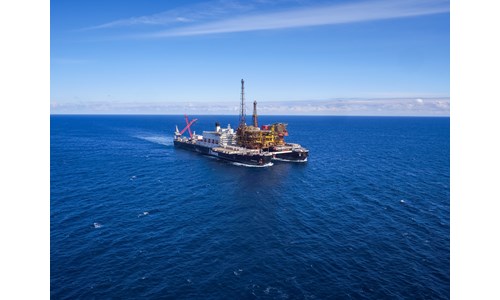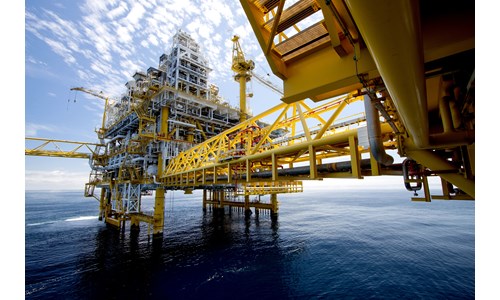The UNCLOS royalty: a debate in the deep blue sea
This report is currently unavailable
*Please note that this report only includes an Excel data file if this is indicated in "What's included" below
Report summary
Table of contents
-
Executive Summary
- What is UNCLOS Article 82?
- How big is the UNCLOS royalty?
- Who will trigger Article 82 and when?
- Who should pay the UNCLOS royalty?
- What could be the impact on project economics?
- How much of an issue is it?
Tables and charts
This report includes the following images and tables:
- The UNCLOS royalty
- Active exploration in UNCLOS waters
- Possible applications of the UNCLOS royalty
- Norway: 400 mmbbl oil field
- Norway: 5 tcf wet gas field
What's included
This report contains:
Other reports you may be interested in
Yiliping - Lithium brine
A detailed analysis of the Yiliping lithium brine operation.
$2,250Parque dos Doces
Parque dos Doces comprises the joint development of three fields located in the Espírito Santo basin, immediately to the east of ...
$3,720Piranema
The small Piranema field was not a priority for Petrobras over the past years given its low production and limited upside. Located in ...
$3,720








